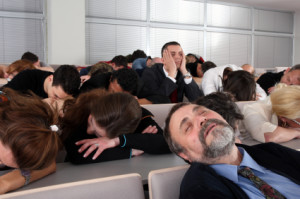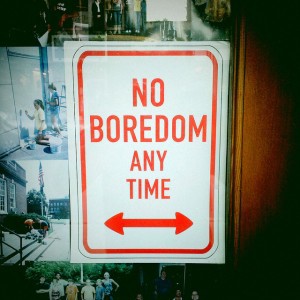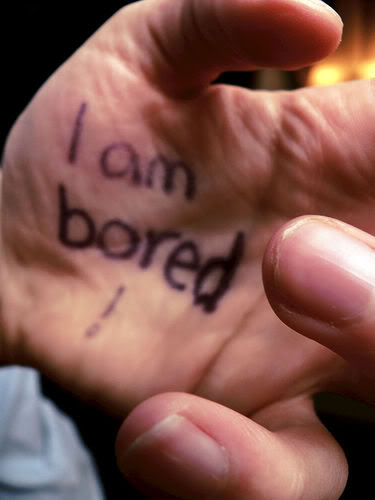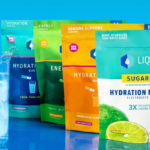How often are you forced to sit through terrible presentations at conferences or in your own office? It happens to everyone. My feeling is that friends shouldn’t let friends make bad presentations. It is avoidable and can be easily remedied. I have developed a few simple steps that I like to use when speaking to an audience in various work-related situations. Please consider these next time you are asked to present.
 |
| Does your audience look like this? |
THIRD– if you decide that you are going to do a PowerPoint, remember the rule of 10/20/30 that I learned about from Guy Kawasaki, the former Apple marketing guy. See his video on this topic here) Ten slides. Twenty minutes and thirty point font. Why is this important? Because in 10 slides you can tell a clear story, in twenty minutes you can keep people’s attention and 30 point font allows everyone to read the words clearly. Don’t cram your slides with so many words, charts and graphs that your audience isn’t listening but reading.
Let me say that again.
Don’t cram your slides with so many words, charts, and graphs that your audience isn’t listening but reading.
 |
| Give mounds of data out- don’t present it! |
A side note on charts and graphs: more are not better. Less is more. One chart that illustrates your point is helpful. Several charts that nuances the information should be reserved for white papers, technical journals or even a handout. Keep it simple is a cliche for a reason. It is effective.
FIFTH– Know thy audience. How technical is the audience? How much background does everyone have on your company or the subject at hand? What is the expectation of the audience? What do they want from you? If you have 10 features about your product or company that you want them to remember, write them on a piece of paper or give them a sales brochure to remind them of these points. But when you speak in front of them, reinforce the benefit they derive from your product. Make sure they get what they need and not the other way around.
If you can speak to a few audience members in advance of the presentation, find out what they are most interested in learning from you and your portion of the presentation. Learn what problem they are trying to solve with your product or service. Then figure out a compelling way to tell the story where your benefit becomes the hero helping to support their need. To repeat, the presentation shouldn’t be about you. The presentation is about your what your audience needs. Tell a story that helps solve their problem.
In sum, a presentation to an audience needs to be fun, clear and easy to digest. Think of it as a book report NOT the book. Give them highlights and an overview and repeat at least three times the takeaway message. Be prepared but don’t be married to your plan if the audience asks questions that redirects you. A fluid and flexible presenter is more effective than someone who adheres to the script. Your goal isn’t to make a presentation. Your goal is to communicate your key message to your audience. Telling a simple story is hard but worth the effort if you want to be an effective presenter.
 |
| Boring limits understanding and communications |
Most importantly, enjoy the opportunity and remember to smile. People learn and listen more from people who are relaxed, calm and enjoying themselves.
Connect with me at jeffslater@themarketingsage.com or call me at 919 720 0995. You won’t be bored with our conversation.





Great tips on focusing on the goal. The 10/20/30 rule is now part of my planning!
Thanks
Dave
Helpful. Good points!
I agree with the first commenter’s point:
10 Slides
20 Minutes
30 Point Font
I also smiled when I saw the comic asking whether the candidate was well-versed in torture (“…Do you know PowerPoint?”).
You might be interested in my blog post about Keys to Sales Presentation Videos: http://chriswechnermarketingideas.blogspot.com/2012/01/want-more-customers-keys-to-sales.html